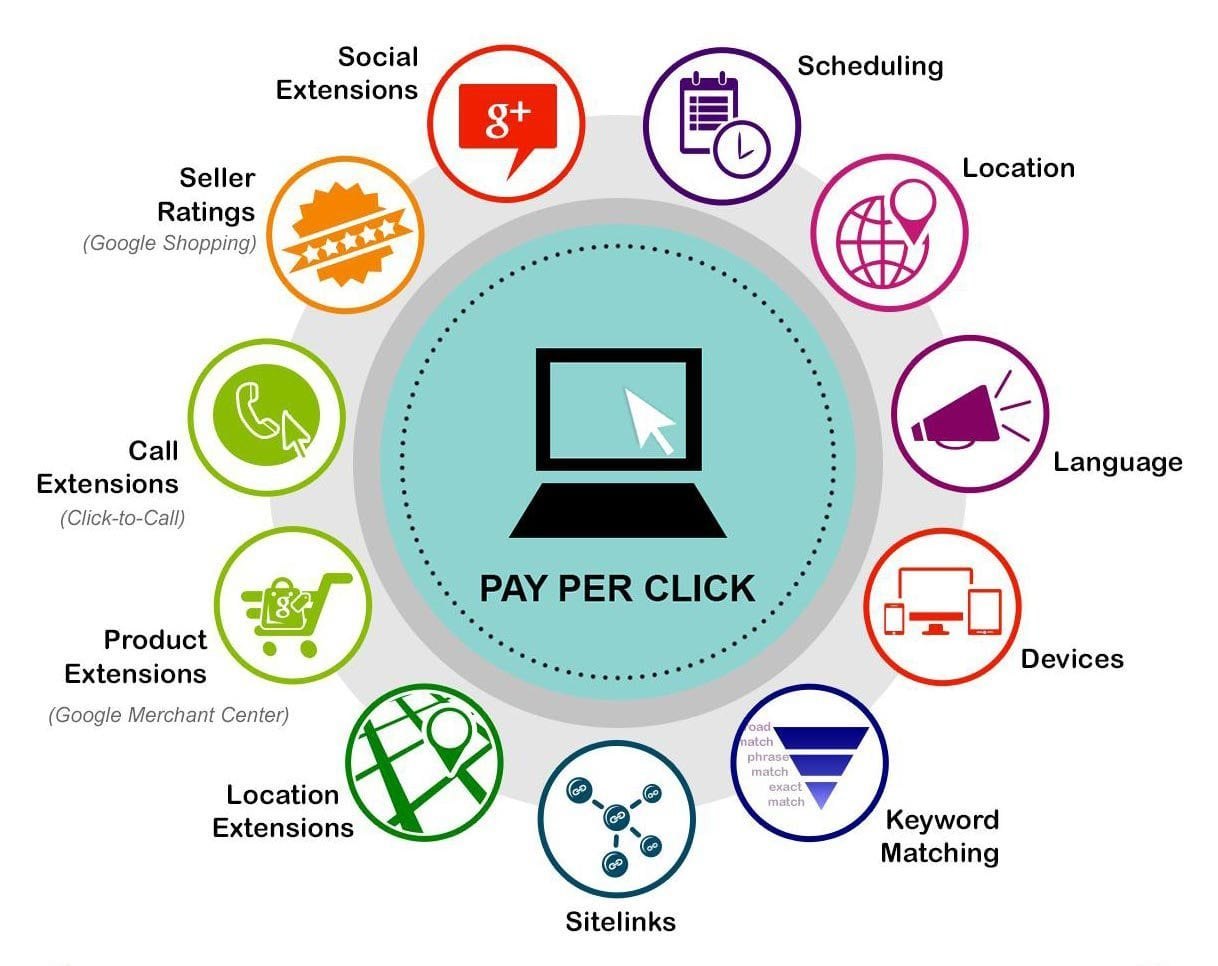1. Campaign
A PPC campaign is the top-level structure within an advertising platform like Google Ads or Microsoft Advertising. It contains one or more ad groups and sets the overall settings for targeting, bidding, and budgeting.
Key elements of a campaign include:
- Campaign name – For internal organization and tracking.
- Objective or goal – Sales, leads, website traffic, brand awareness, etc.
- Daily or monthly budget – The maximum amount you’re willing to spend.
- Target networks – Search, Display, Shopping, Video, etc.
- Location and language targeting – Define who sees your ads based on geography and language.
The campaign structure ensures that your advertising strategy is properly organized and aligned with your goals.
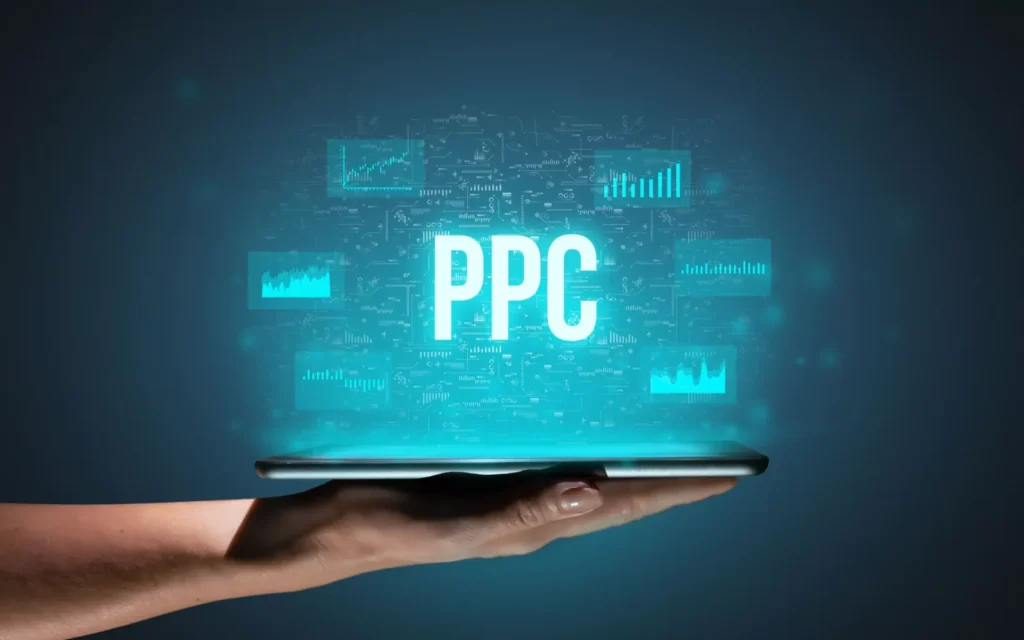
2. Ad Groups
Ad groups live within campaigns and serve as a way to organize keywords and ads around a common theme.
Each ad group contains:
- A set of keywords targeting a specific product, service, or theme.
- One or more ads that are shown to users searching for those keywords.
- Landing pages relevant to the ad and keyword set.
Ad groups help improve relevance, quality scores, and ad performance by maintaining tight keyword-to-ad copy alignment.
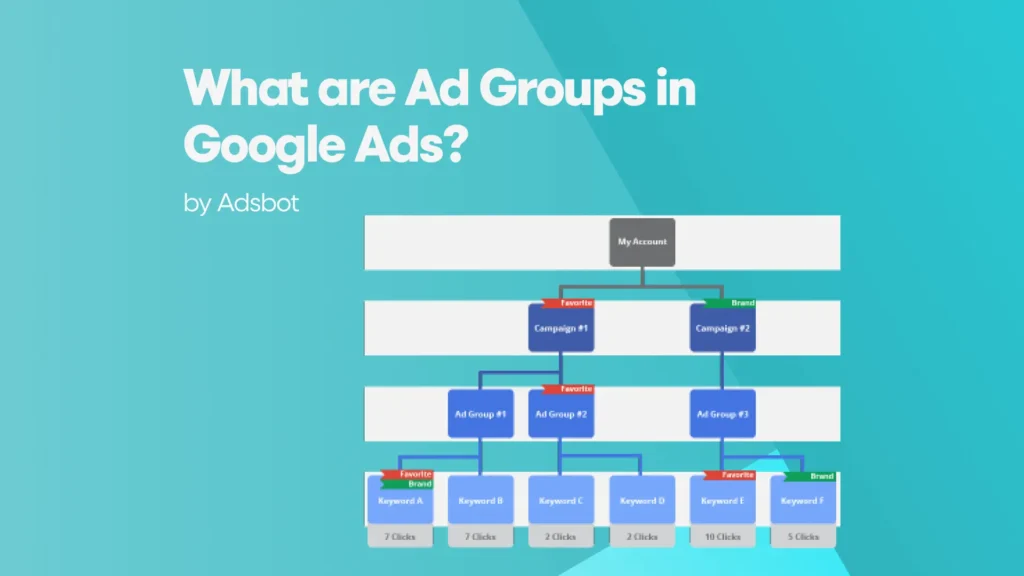
3. Keywords
Keywords are the core triggers of a PPC ad. These are the words or phrases users type into a search engine that may prompt your ad to appear.
There are four main keyword match types:
- Broad Match: Ads may show for searches that include variations of the keyword.
- Broad Match Modifier (deprecated but sometimes still discussed): Keywords with “+” to target more specific broad matches.
- Phrase Match: Ads show for searches that include the keyword phrase in the exact order.
- Exact Match: Ads show only for searches with the exact keyword phrase.
- Negative Keywords: Prevent your ad from showing for certain search terms to reduce irrelevant traffic.
Choosing the right keywords and match types is essential for controlling traffic quality and cost.
4. Ad Copy
The ad itself is what users see on the search engine or platform. It must be clear, compelling, and relevant to the user’s intent.
An ad typically includes:
- Headline(s) – Attention-grabbing text; up to three parts in Google Ads.
- Description – Additional text offering more details or value propositions.
- Display URL – The URL shown in the ad (often shorter or cleaner than the actual link).
- Final URL – The actual landing page users are directed to after clicking.
Good ad copy is crucial for high Click-Through Rates (CTR) and better Quality Scores, both of which can lower your Cost-Per-Click (CPC) and improve ROI.
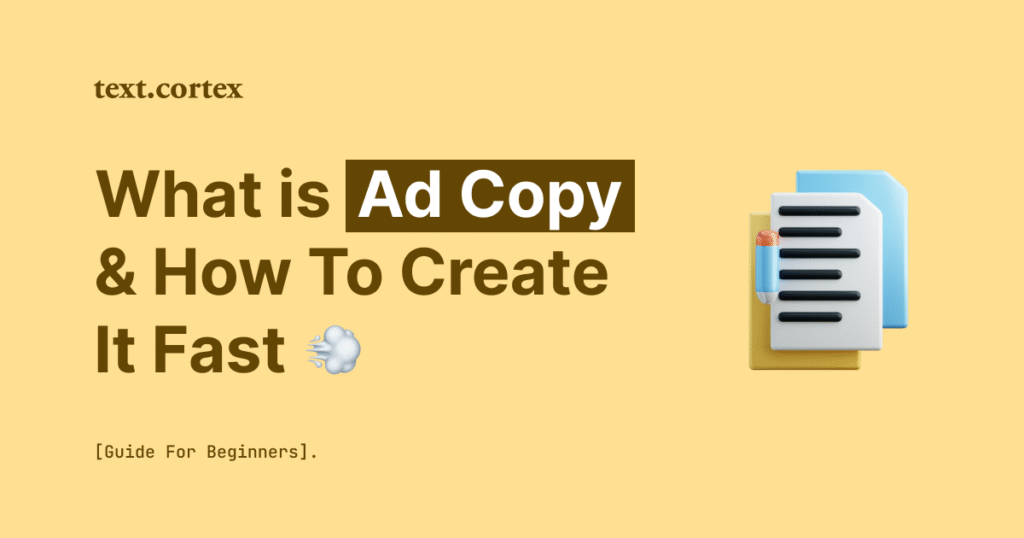
5. Landing Page
The landing page is where users arrive after clicking on an ad. It must be highly relevant to the ad content and optimized for conversion.
Key characteristics of a good landing page:
- Clear value proposition
- Fast loading speed
- Mobile responsiveness
- Strong call-to-action (CTA)
- Simple, user-friendly layout
- Alignment with ad messaging
Google rewards well-optimized landing pages with higher quality scores and better ad placements.
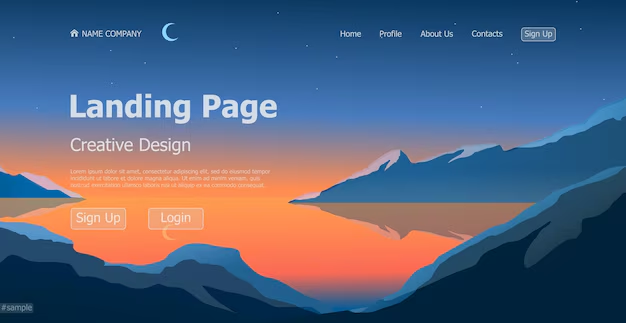
6. Bidding Strategy
In PPC, you bid on keywords to compete for ad placements. Your bid helps determine your ad’s position and whether it will be shown at all.
Common bidding strategies include:
- Manual CPC – You set your own bids.
- Enhanced CPC – Automatically adjusts your bids based on the likelihood of a conversion.
- Target CPA (Cost Per Acquisition) – Focuses on conversions within a specific cost.
- Target ROAS (Return on Ad Spend) – Bids to achieve a desired return.
- Maximize Clicks or Conversions – Automated strategies to get the most from your budget.
Choosing the right bidding strategy depends on your goals, experience, and budget.
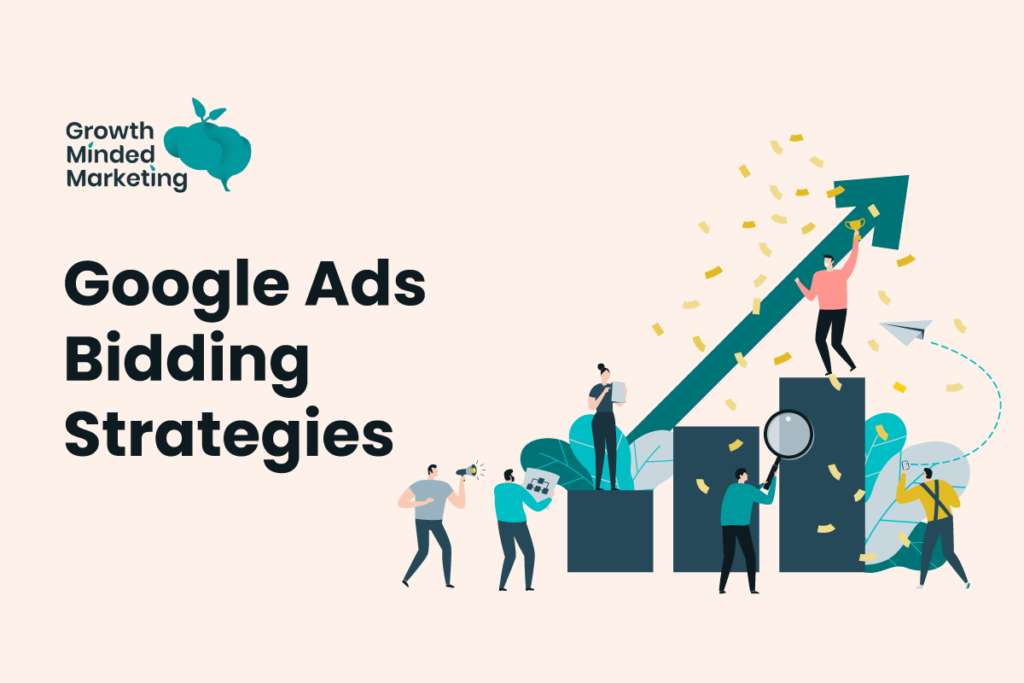
7. Ad Extensions
Ad extensions add more information to your basic ads, increasing visibility and CTR.
Types of ad extensions:
- Sitelink Extensions – Links to specific pages on your website.
- Callout Extensions – Additional text for highlighting offers or benefits.
- Call Extensions – Add a phone number.
- Location Extensions – Show your business address.
- Structured Snippets – Highlight specific aspects like brands, styles, or services.
Extensions improve ad performance and can increase Quality Scores.
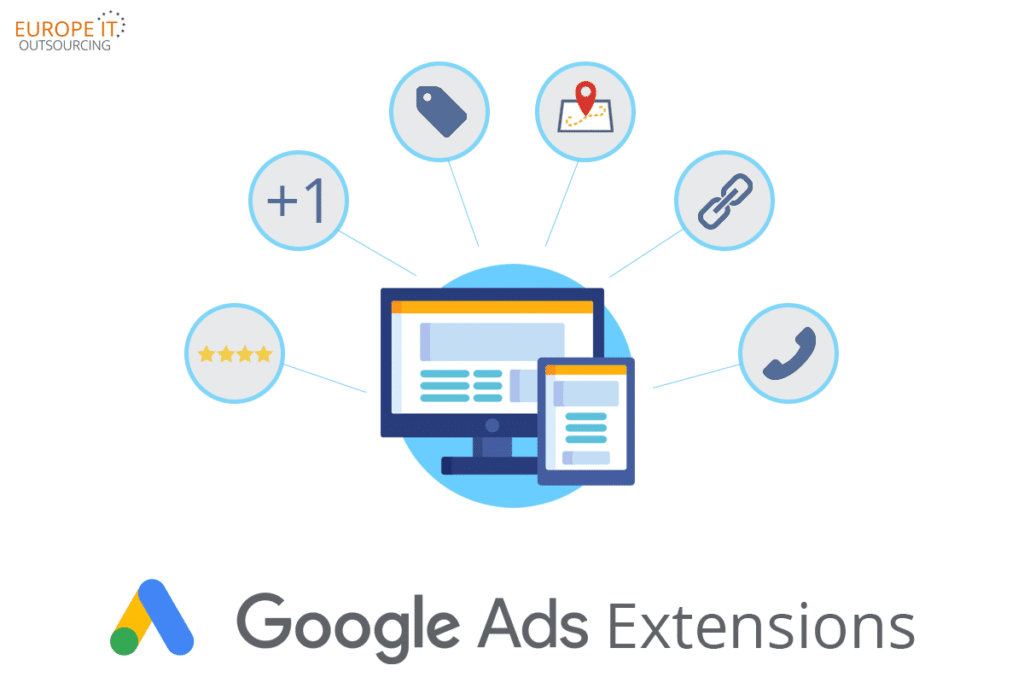
8. Targeting Settings
Targeting defines who sees your ads, allowing you to reach specific audiences.
Types of targeting include:
- Geographic targeting – Specific countries, cities, or radiuses.
- Device targeting – Desktop, mobile, tablet.
- Time scheduling – Days or times when ads are active.
- Demographics – Age, gender, parental status.
- Audience targeting – Custom or remarketing audiences based on behavior, interests, or past visits.
Precise targeting ensures you’re reaching the most relevant users for your product or service.
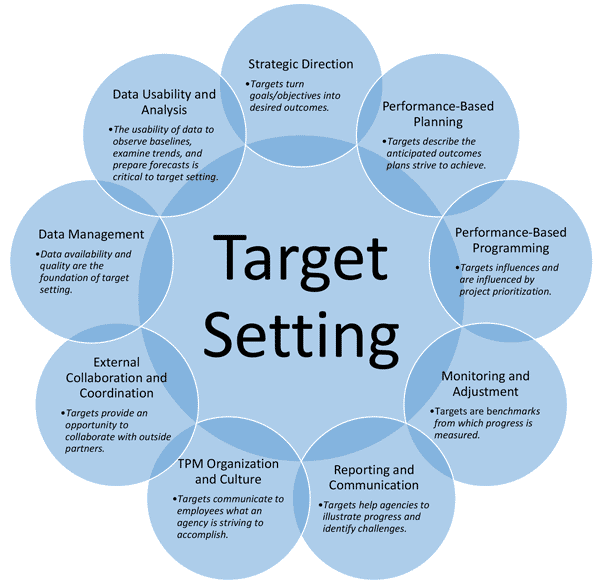
9. Performance Metrics & Analytics
Tracking and optimizing campaign performance is key to PPC success. Important metrics include:
- CTR (Click-Through Rate) – Measures how many users clicked on your ad.
- CPC (Cost Per Click) – How much you’re paying per click.
- Conversion Rate – Percentage of clicks that result in desired actions.
- Quality Score – Google’s rating of your ad’s relevance and performance.
- Impressions – Number of times your ad is shown.
- ROAS (Return on Ad Spend) – How much revenue is generated per dollar spent.
Using tools like Google Ads dashboard, Google Analytics, or third-party platforms, you can assess campaign success and make data-driven adjustments.

Conclusion
A successful PPC campaign is built on the thoughtful integration of various components: from well-structured campaigns and ad groups, to targeted keywords, compelling ad copy, optimized landing pages, and intelligent bidding strategies. By understanding and managing each of these elements, marketers can create high-performing campaigns that deliver measurable ROI, generate quality traffic, and achieve business goals.
